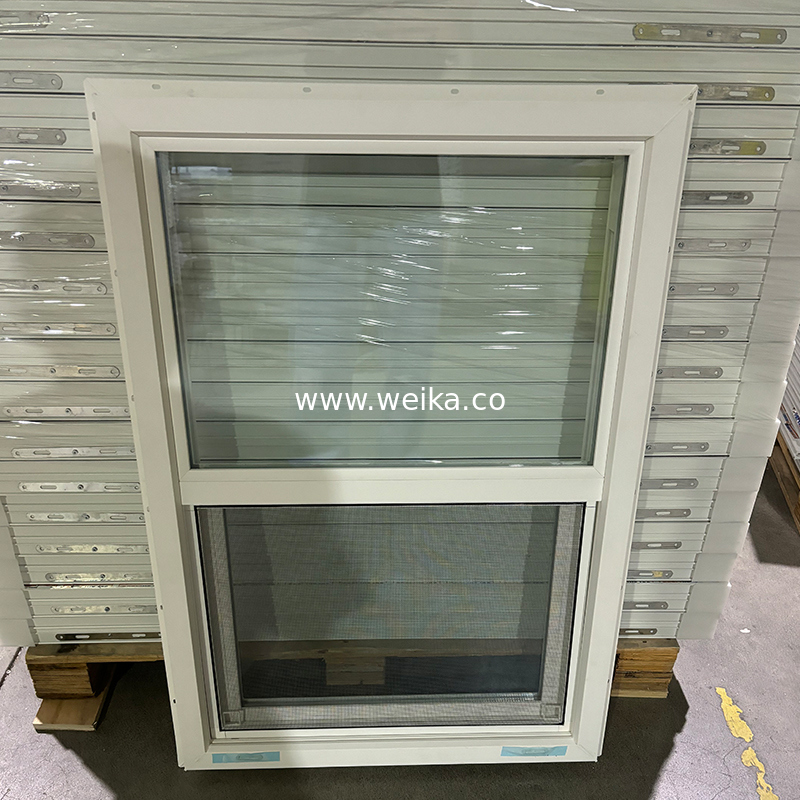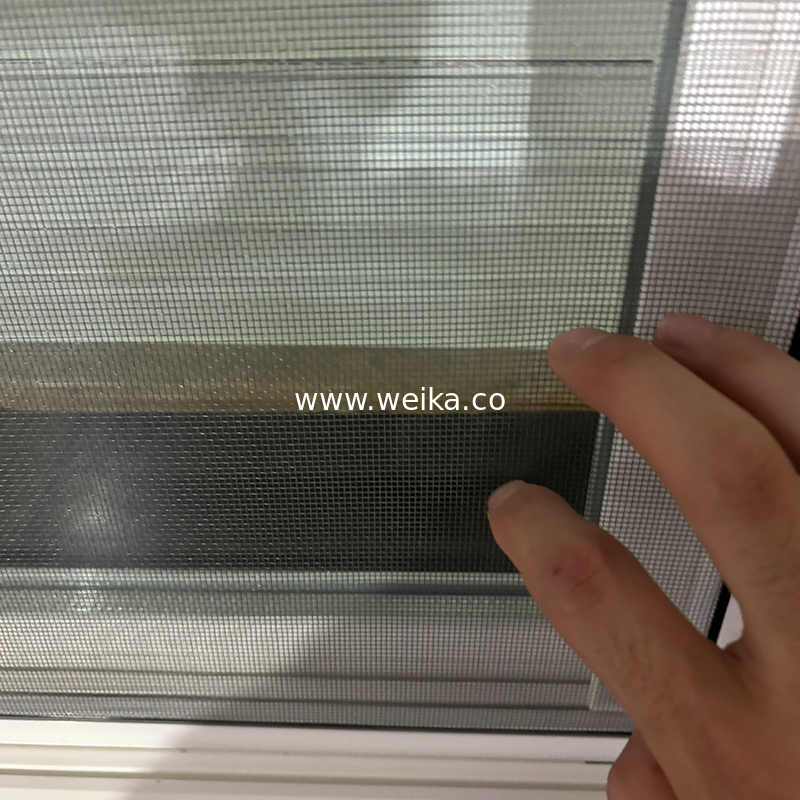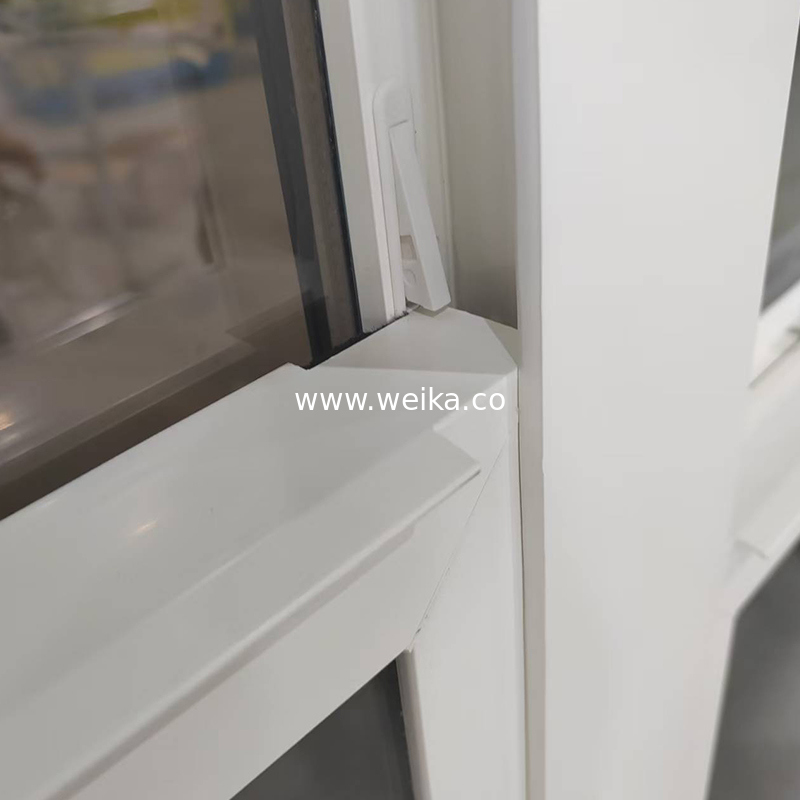Dettagli per Finestra a Ghigliottina in PVC
|
|
Profilo
|
Serie
|
Serie comunemente utilizzate:
62mm,64mm,78mm,82mm,85mm,87mm,105mm...
|
|
Spessore
|
1.4mm-1.8mm
|
|
Trattamento Superficiale
|
Profili estrusi
Profili co-estrusi su un lato/due lati
Profili rivestiti su un lato/due lati
Profili a corpo unico
|
|
Colore
|
Personalizzato (Comunemente Bianco / Nero / Albicocca...)
|
|
Tipo
|
A. Finestra e porta scorrevoli
|
D. Finestra e porta a vasistas
|
|
B. Finestra e porta a battente
|
E. Finestra e porta pieghevoli
|
|
C. Finestra a ghigliottina
|
F. Finestra a ribalta
|
|
Vetro
|
Tipo
|
Trasparente / Temperato / Colorato / Low-E / Satinato / Laminato
1. Vetro Singolo
2. Vetro Doppio o Triplo:
3+6+3/3+12+3/3+16+3/5+9+5/5+12+5/5+16+5 / Opzione zanzariera e griglie
3. Personalizzato
|
|
Spessore
|
Spessore vetro: 3,4,5,6,8,10,12
Spessore laminato: 0.76, 1.14,1.52
|
|
Ferramenta
|
Marca: Marca Tedesca Marca Cinese
|
Bilanciamento + serratura a mezzaluna + guarnizione + zanzariera
Bilanciamento + serratura a mezzaluna + limitatore + guarnizione + chiusura a ribalta + zanzariera
|
|
Rete
|
Rete di sicurezza in acciaio inossidabileZanzariera in fibra di vetro
|
|
Imballaggio
|
A. termoretraibile + angolo in cartone
|
|
B. pallet in legno o pallet in acciaio design personalizzato / dimensioni personalizzate disponibili
|

Aria Viziata? Come le Finestre a Ghigliottina Americane in PVC Risolvono la Scarsa Ventilazione
La tua casa a volte sembra soffocante, umida o semplicemente viziata? Odori di cucina persistenti, eccessiva
umidità e quella sensazione generale di aria "chiusa" sono lamentele comuni nelle moderne,
case ad alta efficienza energetica.
Sebbene sigillare le correnti d'aria sia fondamentale per il comfort e il risparmio, può inavvertitamente intrappolare inquinanti e
umidità all'interno. La soluzione? Le finestre a ghigliottina americane in PVC offrono un modo unico ed efficace
e controllato per combattere la scarsa ventilazione senza sacrificare l'efficienza energetica o la sicurezza.

Compromessi della Ventilazione Tradizionale
Aprire una finestra standard offre ventilazione, ma comporta svantaggi significativi:
Spreco di energia: enormi quantità di aria calda o fredda fuoriescono, facendo impennare le bollette.
Rischio per la sicurezza: una finestra aperta è un invito.
Intrusione meteorologica: pioggia, vento, polline e insetti possono entrare liberamente.
Inquinamento acustico: il rumore esterno inonda.
Mancanza di controllo: spesso è tutto o niente.
La Soluzione Americana a Ghigliottina in PVC: Ventilazione Controllata e Sicura
Le finestre a ghigliottina in PVC in stile americano
(dove solo l'anta inferiore scorre verticalmente verso l'alto) forniscono una strategia di ventilazione più intelligente e controllata:

Flessibilità di Apertura Parziale: Oltre all'inclinazione, far scorrere l'anta inferiore verso l'alto di pochi centimetri fornisce
un'apertura più ampia, ma comunque relativamente sicura e controllata per i momenti in cui si desidera un maggiore flusso d'aria
(ad esempio, per eliminare rapidamente forti odori di cucina), pur essendo meno dispendioso in termini di energia rispetto all'apertura completa.
Stabilità del PVC e Integrità della Guarnizione: A differenza del legno che può gonfiarsi o deformarsi, compromettendo le guarnizioni, il PVC
mantiene la sua forma e la compressione delle sue guarnizioni in EPDM di alta qualità stagione dopo stagione.
Questo significa:
Quando chiusa, la finestra rimane eccezionalmente ermetica, prevenendo correnti d'aria e perdite di energia.
Quando leggermente aperta, lo spazio di ventilazione è coerente e prevedibile. Non perderai la tenuta stagna
nel tempo a causa del movimento del telaio.

Perché le Finestre a Ghigliottina in PVC rispetto ad altre opzioni?
Vs. Doppia Ghigliottina: Mentre le doppie ghigliottine (entrambe le ante si muovono) offrono ventilazione dall'alto verso il basso, l'inclinazione
la funzione sull'anta inferiore delle ghigliottine singole è generalmente più semplice, più robusta e crea il
schema di flusso d'aria dal basso verso l'alto più efficace per rimuovere l'aria viziata.
Vs. Vasistas/Battente: Questi offrono un'eccellente ventilazione, ma sporgono verso l'esterno/interno, il che può
essere un pericolo o un'ostruzione. Il loro meccanismo di apertura è spesso più complesso. L'inclinazione a ghigliottina singola
è sottile e discreta.
Vs. Valvole di Ventilazione: Le valvole di ventilazione dedicate sono comuni in Europa e forniscono un'aerazione di fondo costante
ventilazione. Tuttavia, le inclinazioni a ghigliottina singole americane offrono aree di ventilazione controllabili dall'utente, regolabili e spesso più grandi
su richiesta, senza aggiungere hardware extra. Puoi facilmente chiuderle
completamente quando non necessario.


 Il tuo messaggio deve contenere da 20 a 3000 caratteri!
Il tuo messaggio deve contenere da 20 a 3000 caratteri! Si prega di controllare la tua email!
Si prega di controllare la tua email!  Il tuo messaggio deve contenere da 20 a 3000 caratteri!
Il tuo messaggio deve contenere da 20 a 3000 caratteri! Si prega di controllare la tua email!
Si prega di controllare la tua email! 




